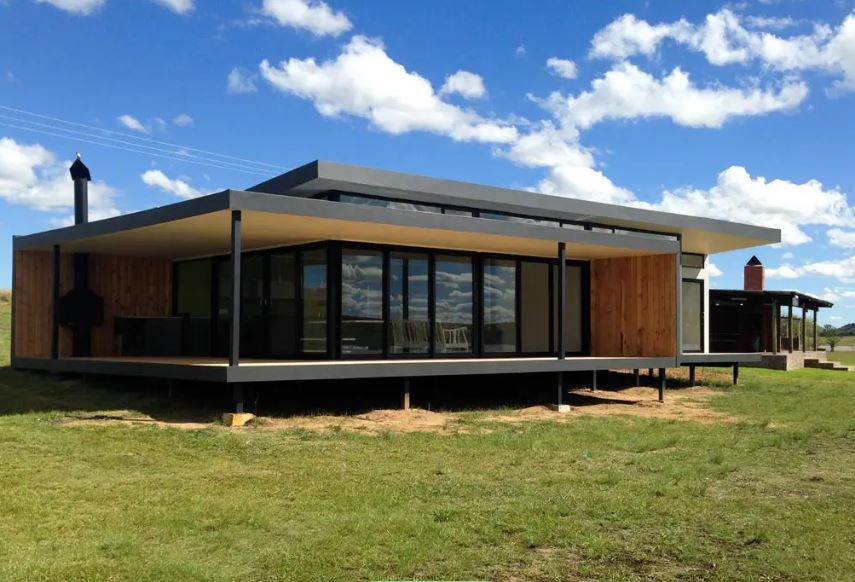A Comprehensive Guide to Building Container Houses: 9 Crucial Details You Need to Know

Introduction
In recent years, container houses have emerged as a revolutionary architectural trend, offering affordable and environmentally friendly housing solutions. These structures, often constructed from recycled shipping containers, are known for their versatility, sustainability, and rapid assembly. While container homes are gaining popularity worldwide, especially in Turkey for those looking to build houses on their land, it’s essential to understand the intricacies of this innovative housing option. In this comprehensive guide, we will delve into nine crucial details that anyone considering building a container house should know.


Prioritize Insulation
Imagine living in a steel box without proper insulation – it’s neither comfortable nor feasible. Insulation is the foremost consideration when planning a container home. To ensure your container house provides the comfort of a traditional home, it’s crucial to insulate it effectively, taking into account the climatic conditions of your region.

Containers Vary in Size and Type
While shipping containers adhere to international standards regarding dimensions, not all containers are identical. Different containers come in various sizes and materials. Standard containers, High Cube containers with higher ceilings, and refrigerated containers are among the options available. Research and select the container type that best suits your needs and preferences.

Navigate Legal Regulations
Container house construction is subject to varying zoning regulations in different regions, cities, and countries. To avoid legal issues, always seek information and necessary permits from local authorities. Regulations may differ between forest and agricultural land within the same area, so consult with the municipality to ensure compliance.

Careful Project Planning
One common pitfall in construction projects is constant design changes, which can lead to delays. Container houses are no exception. Finalize your container house design before beginning the construction process to save time and money.

Minimize Wall Alterations
Modifying container walls, which are made of steel, is an expensive and time-consuming endeavor. To reduce costs, work closely with professional architects to design window openings sparingly.

Inspect Container Quality
When purchasing a shipping container, thorough inspection is essential. Don’t rely solely on online images – examine the container’s condition in person. Since containers are second-hand, inquire about their previous cargo. Containers used for transporting chemicals, for example, may require special cleaning. Opt for containers with minimal prior use for a cleaner and less worn appearance.

Real Containers vs. Custom Shelters
Beware of the distinction between real shipping containers and custom-made shelters designed to resemble containers. While the latter may be suitable for construction sites, they often fall short in terms of longevity and design for comfortable residential living. Container houses discussed in this guide are constructed using authentic shipping containers that meet international standards.

Understand Container Structure
Before embarking on a container house project, acquaint yourself with the structural features of shipping containers. Recognize that the two long walls of containers are primary load-bearing walls. When creating openings for doors and windows in these walls, adjustments must be made to maintain structural integrity. Collaborate with architects experienced in container construction to ensure safety and stability.

Consider Natural Conditions
While focusing on aesthetics and personal needs during the design phase, don’t overlook the impact of natural conditions. For instance, if you intend to leave the container’s exterior untreated and exposed metal, be aware that it may generate noise when combined with wind. Choose your design elements wisely, considering the climate and environmental factors of your location.
Container houses offer a unique and eco-friendly approach to modern living, but their construction requires careful planning and consideration of various factors. Prioritize insulation, select the right container type, navigate legal regulations, plan your project meticulously, and minimize alterations to container walls. Inspect container quality, opt for real containers over custom-made shelters, understand the container’s structure, and consider natural conditions when designing your container home. By adhering to these nine essential details, you can embark on your container house project with confidence, creating a comfortable and sustainable living space that harmonizes with your environment.

